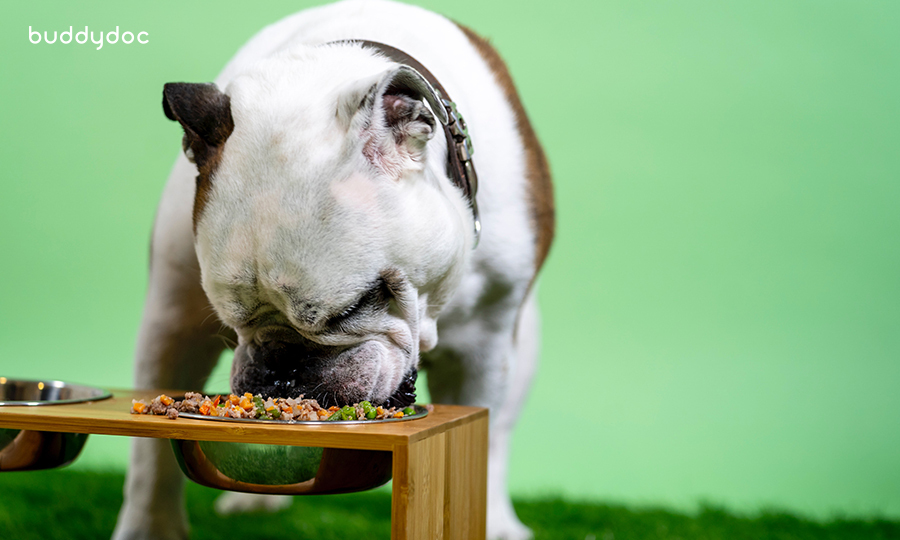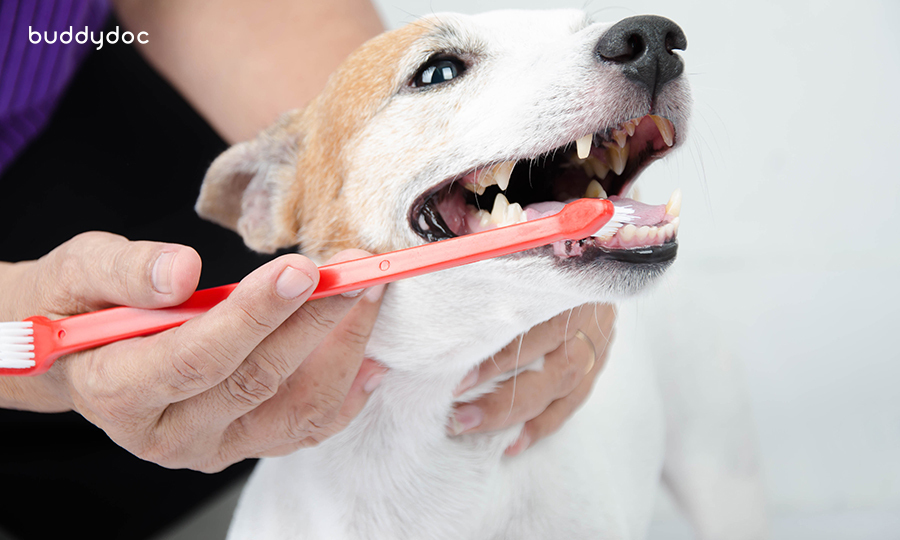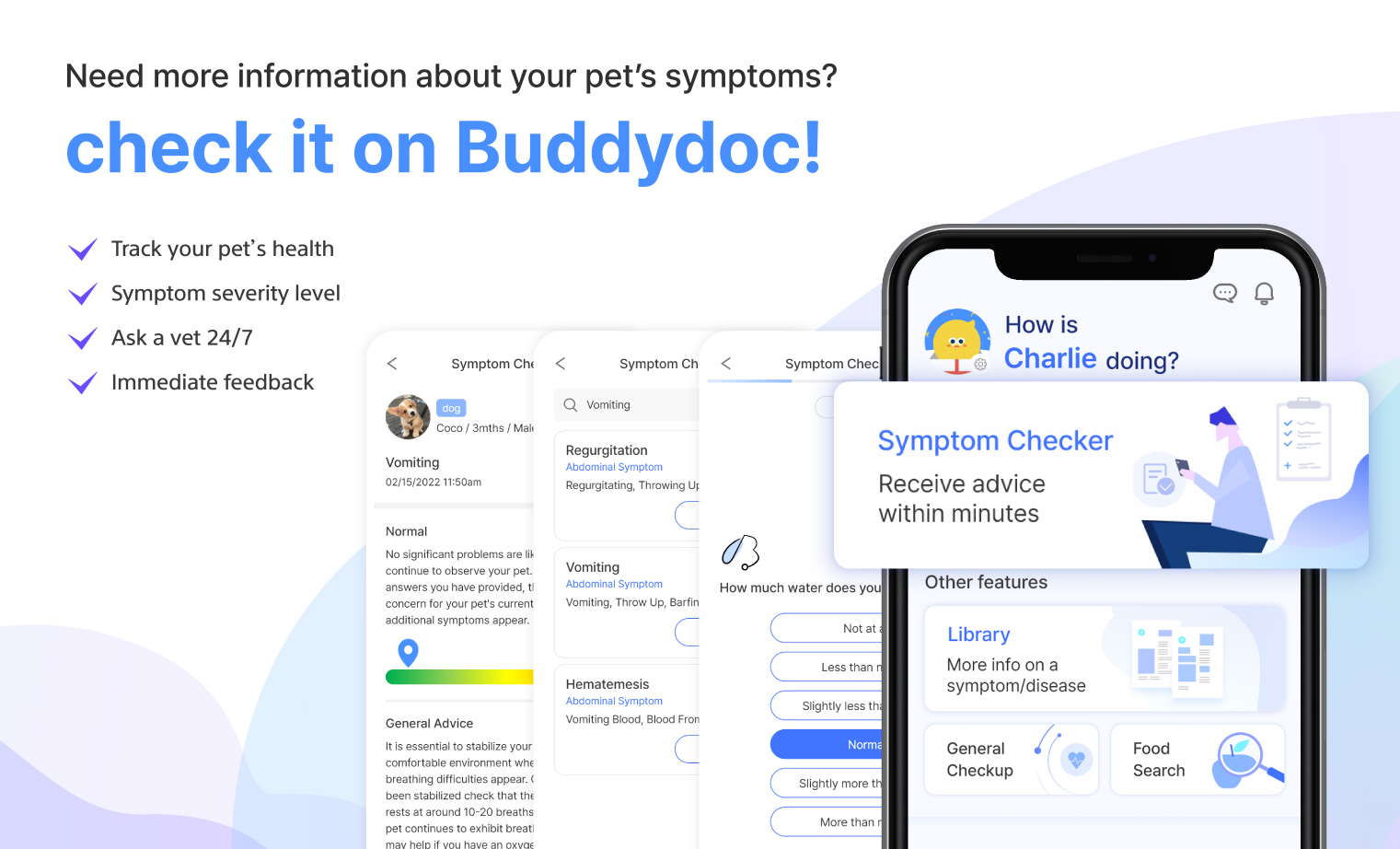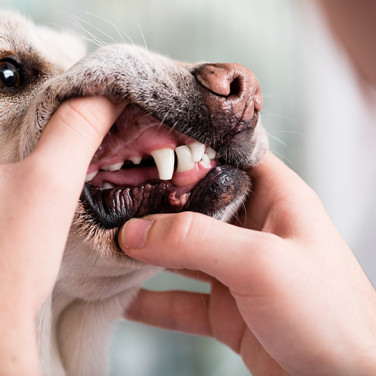SYMPTOMS
Sore Mouth in Dogs - Causes and Treatments for Mouth Pain in Dogs
페이지 정보
본문


What is a sore mouth in dogs?
Mouth pain in dogs can be attributed to various factors, such as dental issues, trauma, wounds, and tumors. The primary culprits of oral pain in dogs are gingivitis and periodontitis, both of which require regular dental hygiene to ward off their occurrence.
Typical signs of mouth pain in dogs include aggression when the area around the mouth is touched, difficulty in eating, and excessive drooling. However, it can be challenging to detect signs of oral pain when the severity is mild, as there are instances where the pain is tolerable for your dog and does not impact their appetite. Nevertheless, it is always advisable to seek treatment for the best outlook in your pet’s life.
Common causes of mouth pain in dogs
Several factors contribute to mouth soreness in dogs. The pain can stem from various dental issues, including gingivitis, periodontitis, broken teeth, and apical abscesses, as well as trauma, jaw fractures, foreign objects, wounds, and tumors. It can be challenging to detect the initial signs of pain since many dogs continue to eat and behave normally, and by the time the condition is diagnosed, it may have already progressed significantly.
What are the signs and symptoms of mouth soreness in dogs

If your dog has mouth sores, they may be accompanied by the following symptoms:
- Excessive drooling
- Bad breath
- Dislikes their face being touched
- Decreased appetite
- Chews food on one side only or drops food from their mouth when eating
- Redness and swelling of the gums and around the mouth
- Shaky teeth
- Sudden changes in behavior and activity
- Weight loss
If periodontal disease reaches an advanced stage where infection spreads through the teeth, it can result in tooth loosening or loss. Additionally, apical abscesses can lead to facial swelling below the eyes. If these infections extend from the mouth to the nasal passages, they may eventually cause symptoms like sneezing and a runny nose as well.
Risk factors of oral pain in dogs
Severe gum disease can result in tooth loss, jaw bone loss, and an increased risk of further infections. If your dog has an underlying disease, such as diabetes, their symptoms may be more severe, and their prognosis may be unfavorable. It is vital to focus on managing the condition as early as possible rather than waiting for conditions to progress when it comes to dental health in dogs.
Are there any home remedies for sore mouth in dogs?
If your dog is experiencing mild pain, it is important to regularly practice oral hygiene. This involves brushing their teeth or using a dampened gauze with water after meals, as well as after they chew on toys or bite into objects that can potentially cause tartar buildup. The specific countermeasures for oral pain may vary depending on the underlying cause. Therefore, if you notice any symptoms such as pain, it is highly recommended to take your dog to the vet for a thorough diagnosis and receive appropriate treatment. This will ensure an accurate diagnosis and effective care.
Diagnosing sore mouth in dogs
When you visit the hospital for oral pains in your dog, your veterinarian will first look inside their mouth and judge the severity of the symptoms. In the case of periodontal disease, your vet will first check how severe the tartar buildup is.
-
X-ray
Since tartar covers the area around the teeth and gums, it becomes impossible to determine if the tooth's root is exposed or if the jawbone is lost. To confirm how much of the tooth’s root is exposed or how much of the jawbone is lost, an X-ray or CT scan is necessary. As dental diseases primarily occur below the gumline, this test is crucial for evaluating the health of the jawbone and the condition of the roots beneath the gumline.
-
CT scan
Diagnosis may be accompanied by a CT scan to evaluate any oral and facial tumors, fractures, and more.
-
PCR test
A PCR test may accompany the diagnosis of oral pain due to an infection.
-
Blood and urine test
Blood tests and urine tests may be performed to identify endocrine diseases that can potentially lead to abnormalities in the gums or jawbone. These tests are also carried out to assess overall health before the administration of anesthesia.
Treatment for oral pain in dogs
Pain medications may be prescribed to relieve mouth pain, but it is important to tailor a treatment plan to the underlying cause.
-
Tartar management and scaling
In the early stages of gum disease, it is crucial to maintain proper dental hygiene by regularly brushing the teeth to prevent the progression of tartar buildup. If tartar removal becomes necessary, scaling is performed after administering anesthesia, ensuring that each tooth surface is thoroughly cleaned during the process.
-
Extraction
Extraction may be performed if the teeth are constantly shaking, if the root is exposed after tartar removal, or if problems such as tooth melting are found on dental radiographs.
-
Prescription for periodontal disease
In cases of periodontal disease, the severity determines the course of action, wherein anti-inflammatory drugs like steroids, analgesics, and systemic antibiotics may be prescribed. It is crucial to administer the appropriate treatment, especially if there are concurrent underlying conditions such as endocrine diseases.
-
Antibiotics
In case of infection, antibiotics may be used.
-
Surgery and chemotherapy
The presence of tumors may be treated by surgical removal or chemotherapy.
Preventing sore mouth and oral pain in dogs

Continuous dental care is essential for avoiding oral pain and maintaining oral health in dogs. Periodic brushing of the teeth and gently brushing them with water on gauze after meals can effectively suppress the formation of tartar and prevent gum disease. It is advisable to brush along the tooth surface and gum line of the upper molars and canines, using pet-safe toothpaste. Additionally, incorporating supplements that inhibit tartar formation is recommended.
Regular checkups and scaling are effective actions to prevent gum disease as well. In puppies, if baby teeth do not naturally fall out, having them extracted at a hospital can help prevent periodontal disease.
Find out more about your dog’s symptoms and diseases on the Buddydoc app!

The Buddydoc library is filled with everything you’d want to know about each symptom and disease your pet may experience. If you would like to find out more about the causes, signs, treatments, preventions, and more for your dog’s disease. Try out the Buddydoc app and search for your pet’s symptoms or diseases in the Buddydoc library.













